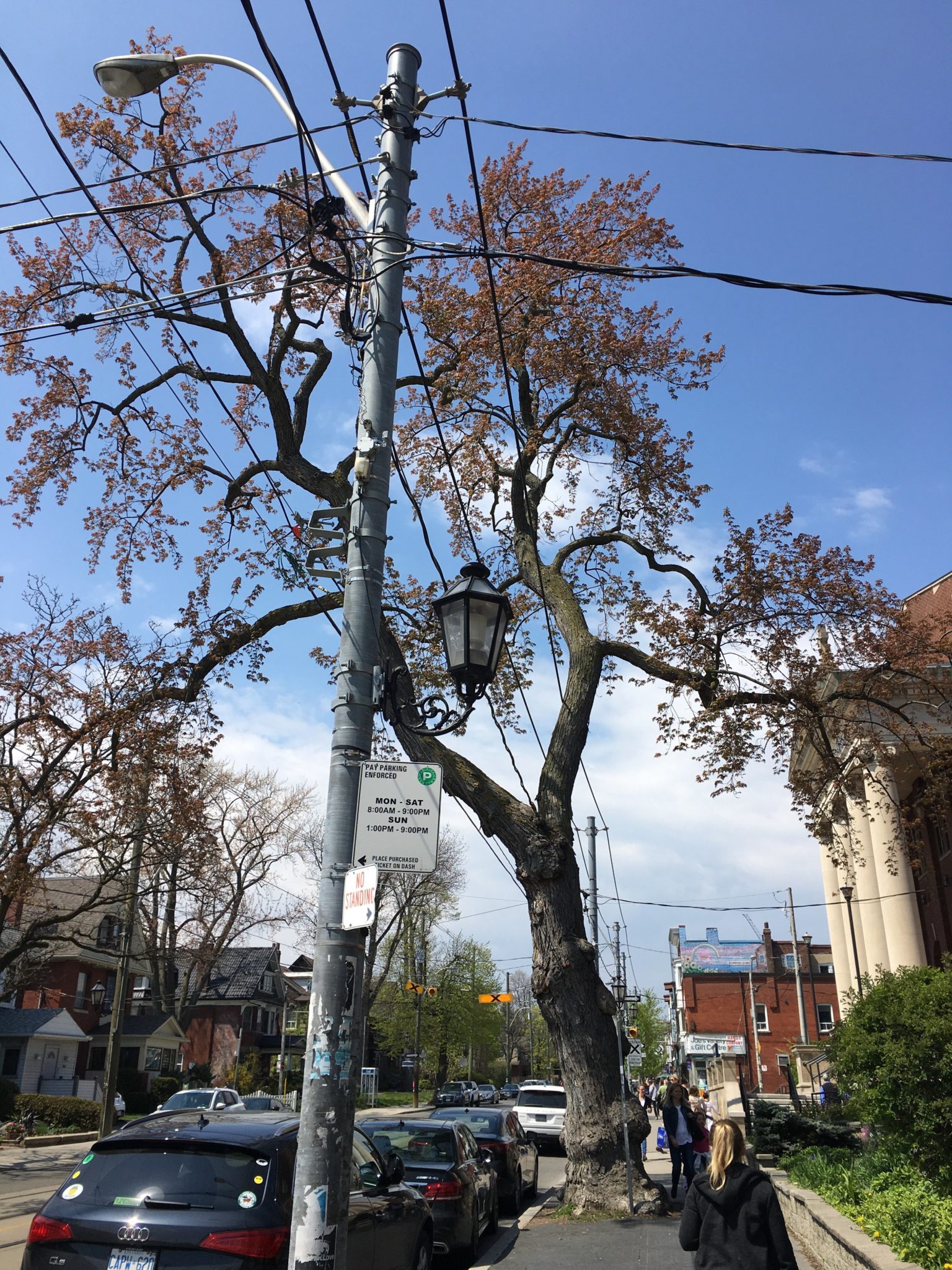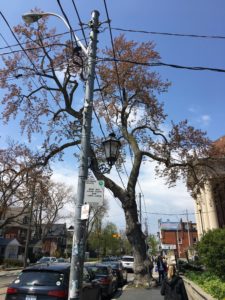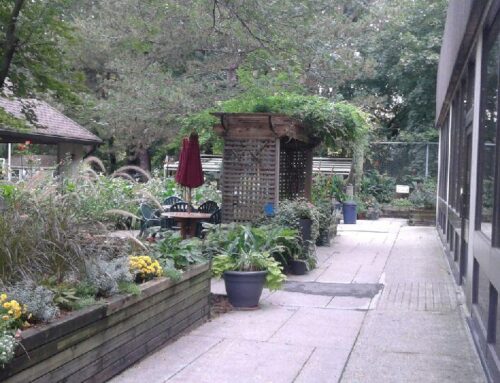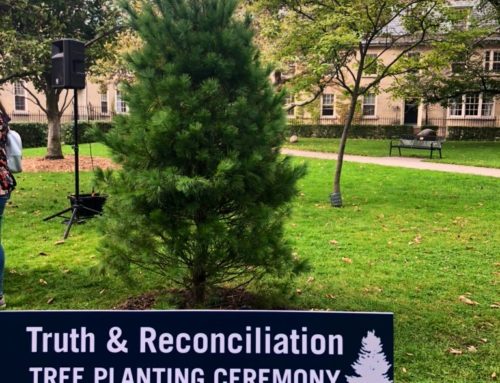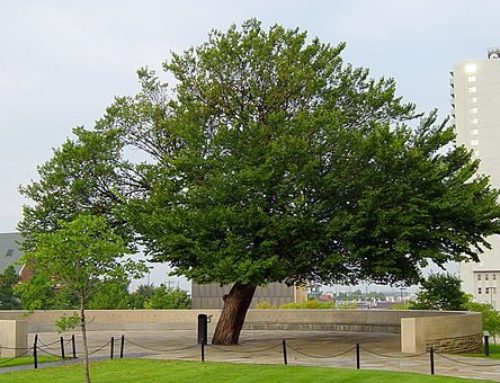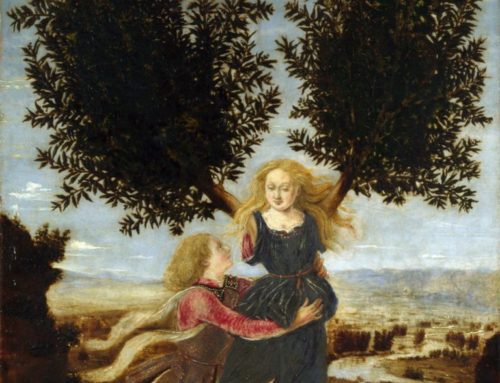It is no secret that trees provide environmental, economic and health benefits. However, trees can also carry a cultural importance as part of a city’s heritage. In the province of Ontario, for a tree to be considered a “Heritage Tree,” it must possess cultural, social, or historical significance. Along with this, it will also be assessed for “size, form, shape, beauty, age, colour, rarity, genetic constitution, or other distinctive features and/or as a prominent community landmark,” according to the criteria set out by Forests Ontario.
One example of a Heritage Tree in Toronto is the silver maple tree on Roncesvalles Avenue, just south of St Vincent de Paul Church. The tree was recognized as a Heritage Tree in 2012. It is around 125 years old and is believed to be the oldest tree in a commercial district in Toronto. Measures have been put in place to protect this it – especially as it is located in such a high-traffic area. When the area was renovated a few years ago, flexible sidewalk tiles were installed instead of concrete to help with soil compaction, which helps the tree’s roots have better access to air and water.
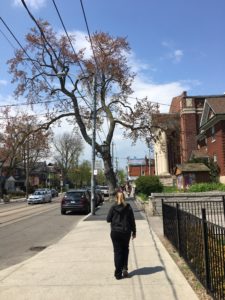
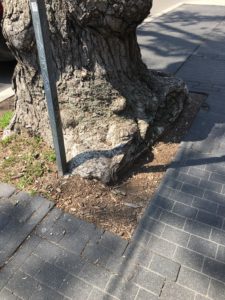
The Heritage Tree Program through Forests Ontario not only seeks to recognize and protect trees with heritage value, but also to use them as potential seed sources. This allows communities to carry on the legacy of these trees for future generations to enjoy, as well as contributing to the native tree species population.
If you think you have a tree in your community that meets the criteria of a heritage tree, you can visit the Forests Ontario website – here – to find out how. In honour of Canada 150, they will be recognizing 150 Heritage Trees in 2017.
Be good to your trees!

